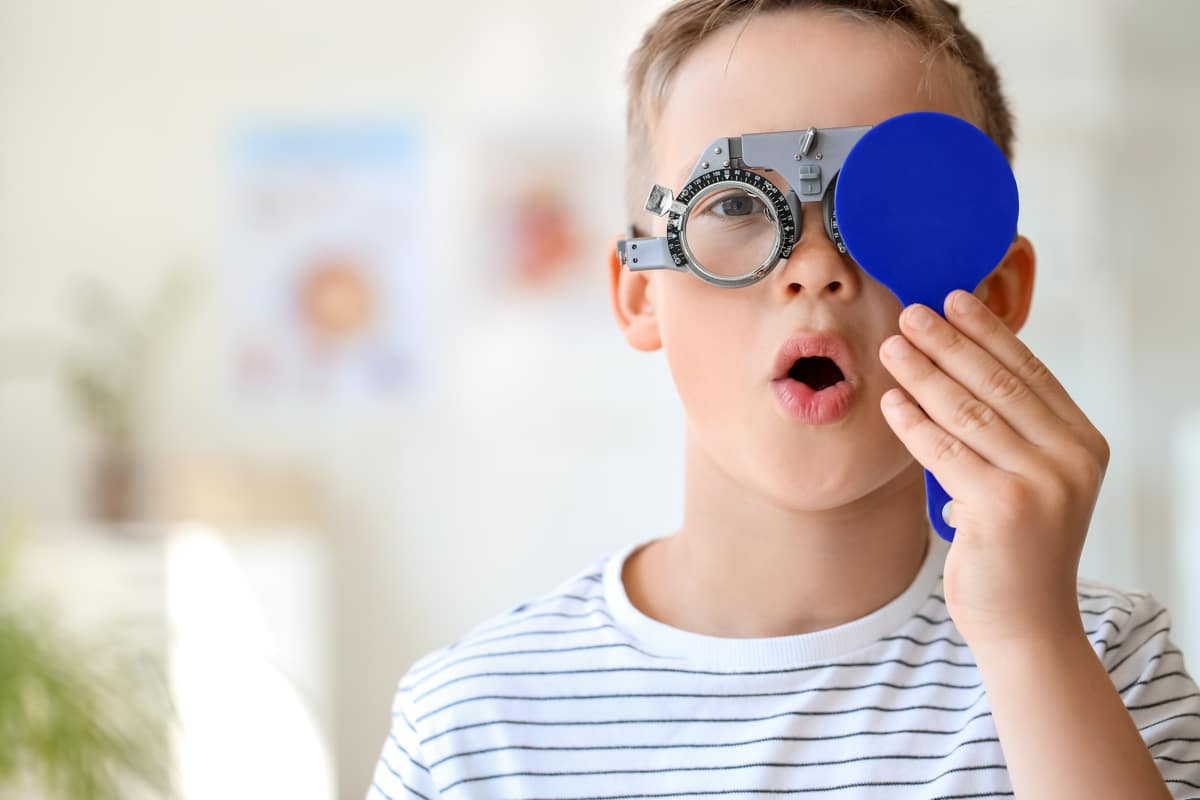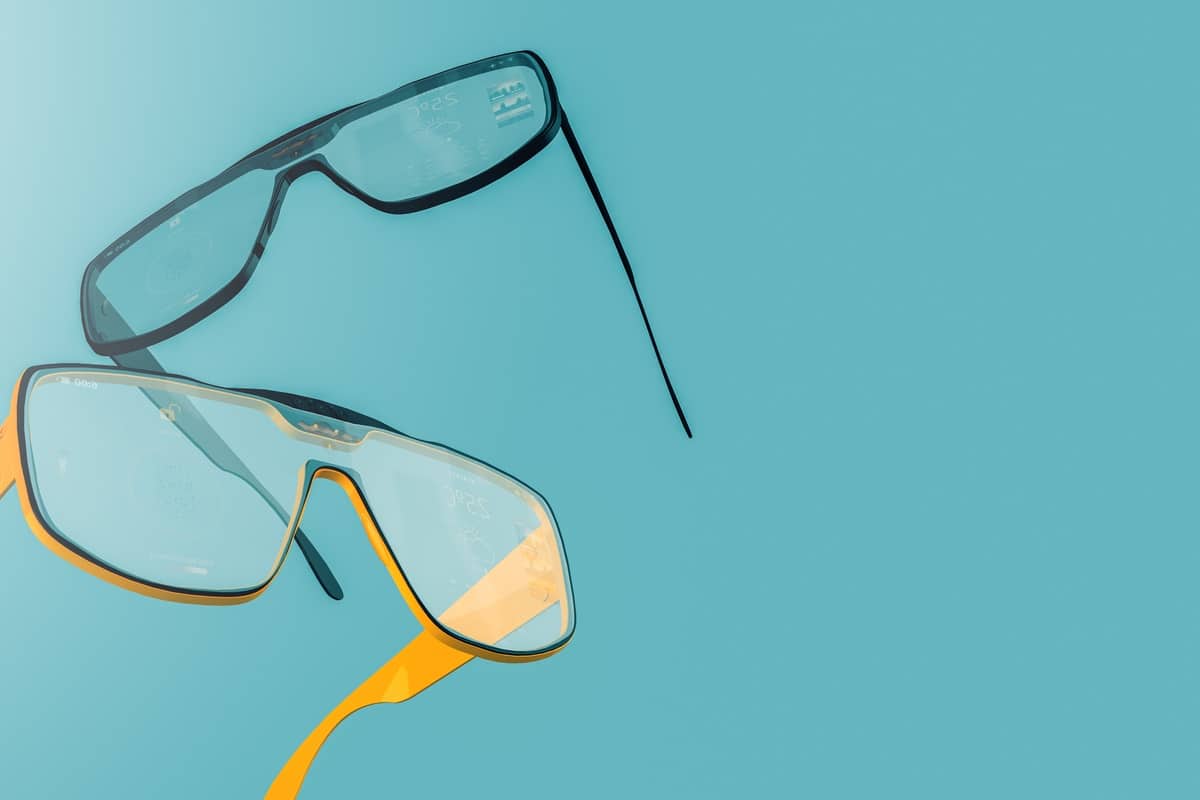It’s easy to blame a long day or too much screen time when your eyes feel tired or your vision starts to blur. We’ve all been there. But if the problem keeps coming back, it might be time to update your eye prescription.
Small changes in your vision can sneak up on you, and waiting too long to get checked can lead to headaches, strain, and frustration. We wrote this guide to help you spot the signs early so you can stay comfortable and see clearly every day.
Why Prescriptions Change
Vision Naturally Shifts Over Time
Your eyesight doesn’t stay the same forever. As you age or face more screen time, even small prescription changes can affect how well you see. Understanding common vision changes as you age is important, as nearsightedness, farsightedness, and astigmatism can all worsen or shift slightly, making your current glasses or contacts less effective.
You’re Squinting More Than Usual
If you often squint while reading, working, or watching TV, that’s a clear sign your eyes are straining. While squinting may temporarily improve your vision, it isn’t a solution. It puts extra pressure on your eye muscles, leading to fatigue and discomfort. If you frequently squint, it’s important to consult an eye care professional for a comprehensive examination. They can identify and address potential causes of high eye pressure or other underlying conditions.
You Get Frequent Headaches
Recurring headaches after screen time or reading may mean your prescription is no longer right. When your eyes struggle to focus, the muscles around them work overtime. This often leads to tension headaches, especially in the forehead or behind the eyes.
Your Eyes Feel Tired or Dry
Are your eyes sore by the end of the day? Eye strain, dryness, and even watery eyes can mean you’re compensating for blurry vision. An updated prescription often relieves these symptoms by reducing the need for extra effort.
Night Vision Has Gotten Worse
Trouble seeing clearly at night — including halos around lights or glare from headlights — can signal a prescription that needs attention. Night vision is often the first to suffer when glasses or contacts are outdated.
Digital Devices Are Harder to Use
If your job or daily routine now includes significantly more screen time, you might experience symptoms such as eye strain, blurry vision, or general discomfort. The culprit is often digital eye strain, as screens place increased visual demands on your eyes, potentially requiring a new prescription for comfortable use.
You’ve Had a Lifestyle Change
New jobs, hobbies, or routines can highlight weaknesses in your current vision correction. For example, reading more or starting a detail-oriented hobby might make small prescription changes more noticeable.
Kids and Teens May Need Updates Too
Children often can’t explain vision problems clearly. Watch for signs like sitting too close to screens, avoiding reading, or squinting. School performance may also suffer if they can’t see the board or read comfortably. Kids’ eyes change quickly, and regular checks help keep their vision on track.
Annual Eye Exams Keep You Updated
Even if you feel fine, it’s essential to schedule an eye exam yearly. They help catch changes early, update your prescription if needed, and monitor eye health overall. Conditions like glaucoma or cataracts often show no symptoms initially, but your optometrist will know what to look for.
Comfort and Clarity Matter
An updated prescription not only improves clarity but also reduces strain. You’ll likely notice fewer headaches, better focus, and improved comfort. Whether you wear glasses or contacts, staying current with your prescription can make daily life easier and more enjoyable.
Think It’s Time for a Change?

If these signs sound familiar, it’s probably time for a checkup. Don’t wait for discomfort to worsen—contact Art of Optiks today to schedule your eye exam and get the prescription that fits your needs.




